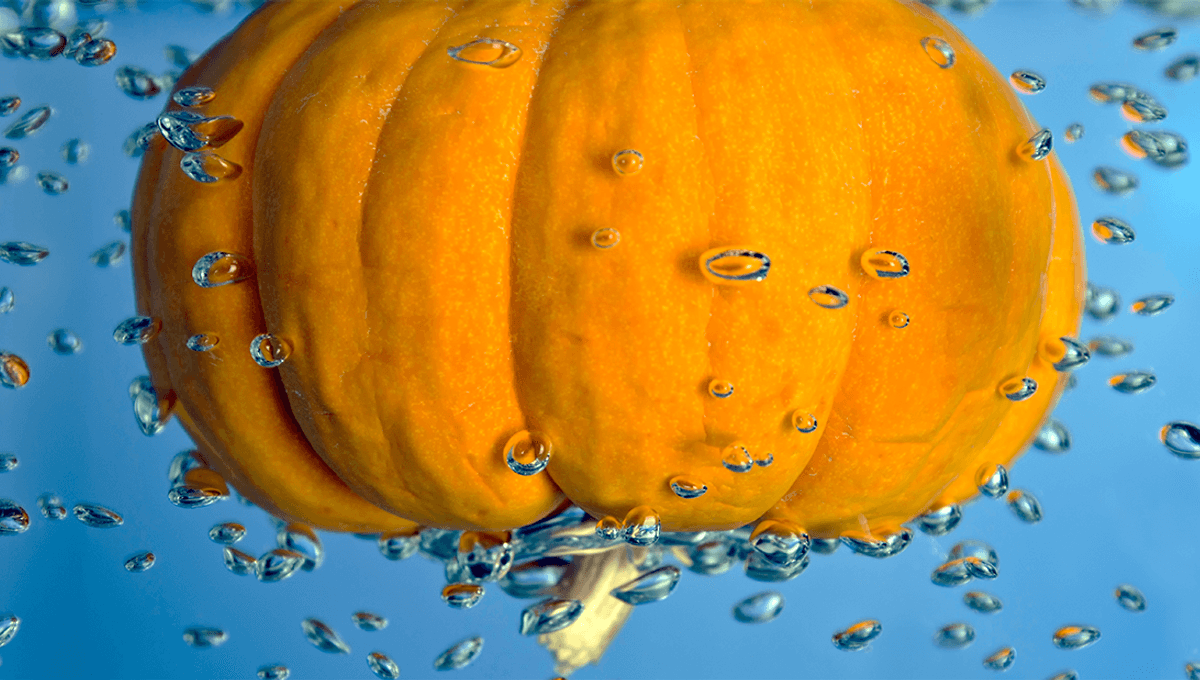
Someone on Reddit recently asked for help with the age-old question “so, if I dropped.. let’s say a pumpkin into the ocean once it reaches a certain depth… would it just implode? If so, why?”
Let’s work backward, as the why is actually fairly simple. Implosions are where objects collapse in on themselves, the result of a difference in pressure between internal and external pressure. Implosions can occur at the surface too as long as there is lower pressure on the inside of an object vs the outside, e.g. by removing the air inside a tank to create a vacuum.
It’s all fairly basic. If there’s enough pressure discrepancy, a pumpkin that reached a certain depth would implode. The question (after you’ve figured out how to make a pumpkin sink at all) is whether it is airtight enough to achieve this pressure difference in the first place. If it isn’t, it could fill with water as it descends, preventing a big old Halloweeny implosion.
Luckily, we have an answer for this too, after YouTubers rctestflight decided to test it out in October, dragging a pumpkin down into the ocean in a net.
In the first test, the YouTubers noticed bubbles emerging from the pumpkin as it went down, indicating that it was filling up with water. When they returned it to the surface, they found it intact and filled with liquid. They then attempted to make the next pumpkin airtight, by covering it in a plastic bag. Eventually, they successfully kept it shut tight, and the pumpkin neatly folded in on itself in an implosion.
Source Link: If You Drop A Pumpkin In The Ocean Will It Implode At A Certain Depth?